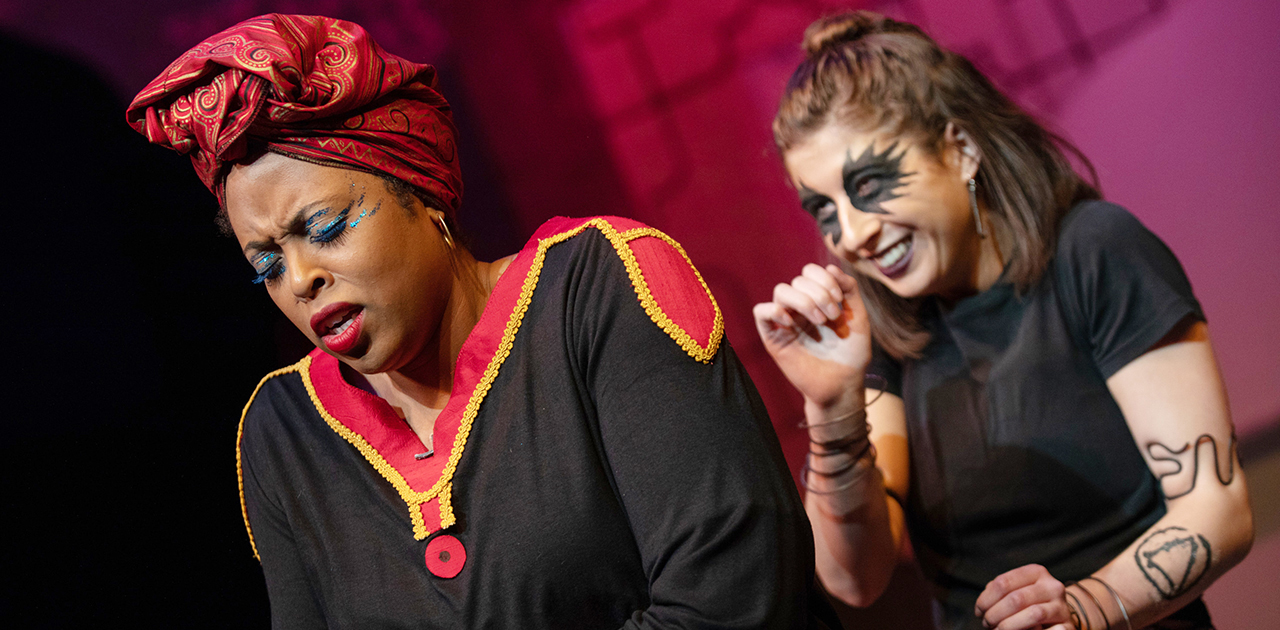Humanizing the witch on stage, screen

LAWRENCE – Jane Barnette believes that witches on stage and screen should get the same respect that other minority identities do.
Barnette is a University of Kansas associate professor in the Department of Theatre & Dance and a practitioner of the craft herself. Barnette reminds readers of her new book that witches are people, too, citing a study showing there are as many of them in the United States as there are Unitarians.
The KU researcher said part of the reason she wrote “Witch Fulfillment: Adaptation Dramaturgy and Casting the Witch for Stage and Screen” (Routledge) was that “so many witches are portrayed on stage as either agents of Satan, which is derived from the long heritage of witch hunts and crusades, or they're just completely and utterly fantasy, which is fine, as long as you also recognize in some way that there are human beings — just like you and me — who actually practice witchcraft as their religious practice.”
She’s not saying directors must not or should not have a green-skinned witch in “The Wizard of Oz” or “Wicked,” but that they should consider where these physiological stereotypes came from and whether and how to make them appropriate in a contemporary context.
This principle applies, she argues, whether one is presenting a Greek tragedy (“Medea”), Shakespeare (“Macbeth”) or a Harry Potter film.
“Now that we have a different understanding of minoritized subjects — and I hope we go through casting in a way that is more sensitive to race and gender and sexuality and all those other pieces of the puzzle — I'm saying we can also ask the question of how witches are represented,” Barnette said.
“I would suggest that somewhere on your team, whether it's the dramaturg or one of your designers, you have someone working with you who has practiced (witchcraft) in their life — period,” Barnette said. “And that person should be in the room with you in casting.
“It's the same thing they would do if you were casting a play where the playwright said ‘I don't want all white bodies on the stage. I don't care how you do it, but make sure that it's not just a sea of whiteness.’ OK then, if your entire production team is white, you're already starting in a problematic state. You should probably get some folks of color on your team. Lest you make decisions that are going to further minoritize that person, it would be wise to consult wisdom outside of your own ability.”
A truly sensitive director could even subtly indicate this understanding to witches in the audience by, for instance, having the “three weird sisters” of “Macbeth” arranged onstage in a ritual “calling circle,” Barnette said. She likened this to the way queer artists in generations past used coded language to signal their intentions.
Humanizing the figure of the witch on stage and screen is particularly timely, Barnette argues in the book, in light of the rise of Christian nationalism in American politics.
“When people don't want church and state to be separate ... in the past, it has not been good for witches,” she said.